5 Electrical Tools Every Toolbox Should Have
For some, it’s the work that they might make any excuse to avoid. Even if that’s how you feel about repair or fine-tuning of your car’s electrical systems, a case can be made for having at least some preparations to handle problems that may pop up. A personal instance was when a project motorcycle appeared in the garage with the wiring harness completely stripped off.
The electrical system is often one of the more easily explained systems of a project. It’s not any more difficult to understand than the oil path from the oil pump back to the pan. If you can understand where that oil goes and how it gets there you are most of the way to understanding a wiring harness. Electrons want to flow in one direction, so the absolute basics of a toolkit for the tasks you’ll address center around seeing where electricity is, where it’s not, and how to bridge the two properly, along with a few extras that just cannot be replaced and are great to have on hand.
Multimeter

Look, you might resist reaching for it, but multimeters have gotten downright cheap and are easier to use than ever. Getting familiar with even the basic functions can unlock diagnostic powers that will save time, money, and frustration compared to guess-and-check parts replacement. This allows testing most sensors also, which is how I found that the coil and main wiring harness were in serviceable condition on my project bike.

Test Light
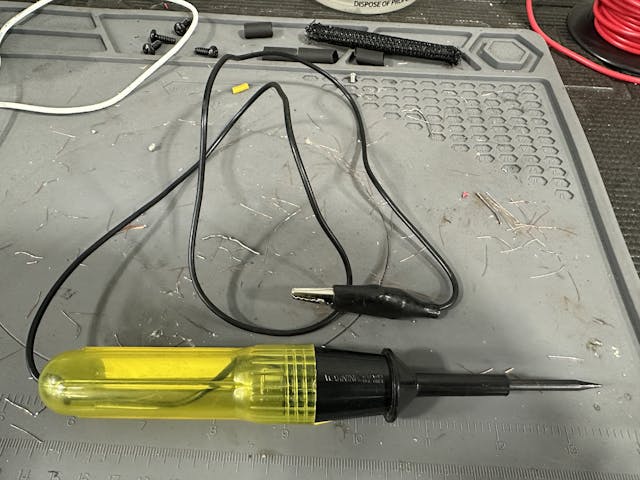
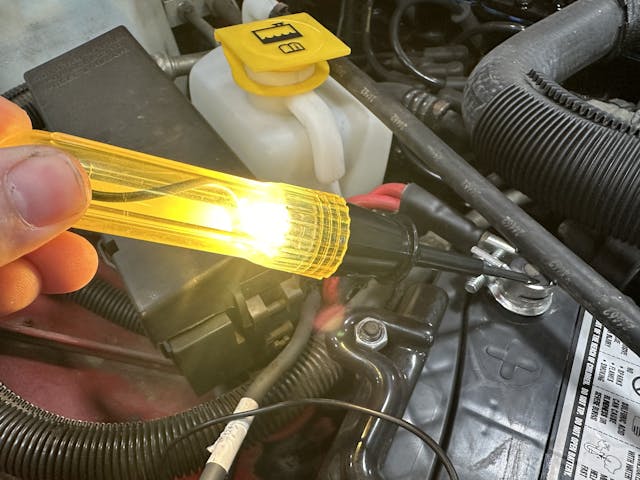
The more durable but less educated brother to the multimeter is the test light. It’s basically a light bulb in a screwdriver, so it just can’t give the same amount of information as a multimeter. However, the ease of use is undeniable. I still reach for mine to quickly and easily test grounds on misbehaving vehicles. Vintage test lights are nice as they often feature an incandescent bulb rather than an LED. The filament in a traditional bulb is nothing but a resistor that gives a visual indication of power flowing through it, which means if you get tuned into your test light you can quickly spot a connection with more resistance than it should have, but that often requires a little luck and is really a job for a multimeter.
Wire strippers
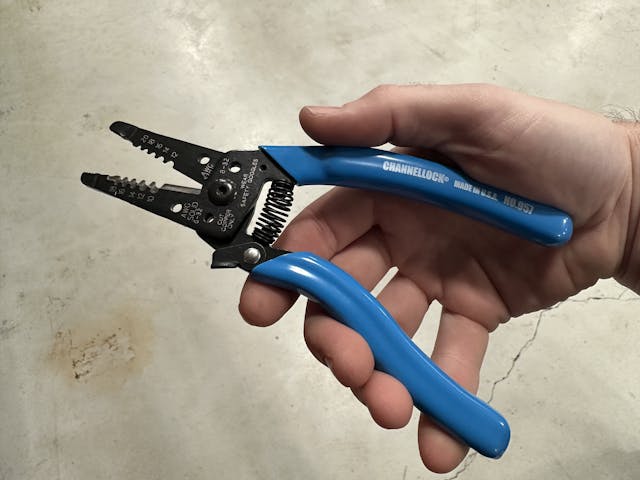

So you found a frayed wire or damaged connection. Cutting most automotive wire is a trivial task, but stripping the end in preparation for a connection is best done by special tools. A properly stripped wire will still have all the strands of the core and a tidy square cut end to the insulation. It can be done with a pocket knife, so many of us have been there, but having a set of strippers makes the job easier and more enjoyable.

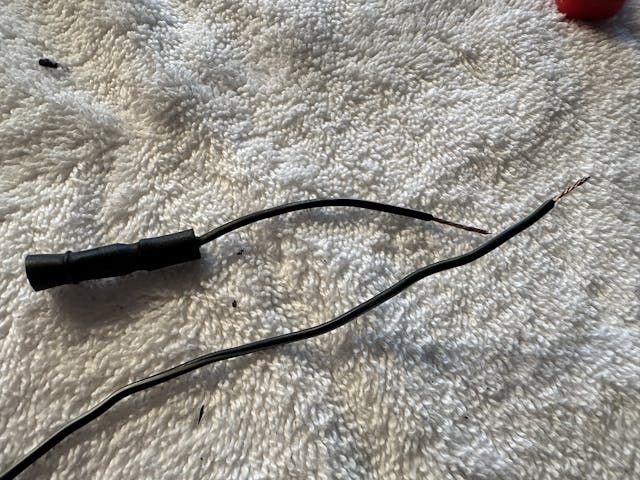
Soldering iron
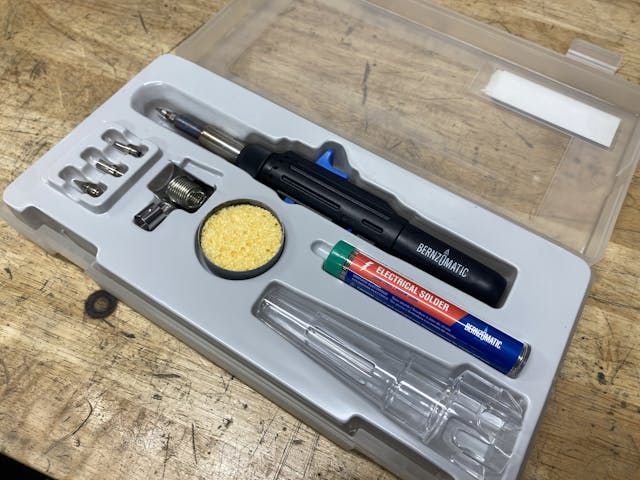
Crimp connectors have their place in the electrical world, but aren’t practical in every application. The need to solder a joint or connection is relatively rare for most project cars once the bulk of electrical work is done so a soldering iron might spend more time in the back of a drawer, yet they are nice to have and occasionally can be used to solve other problems like adding heat to a delicate fastener or area to break corrosion.
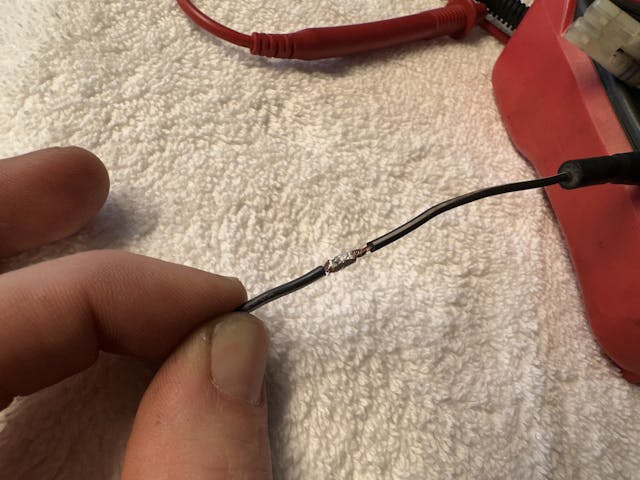

Timing light


Your ignition system is an electrical system on your car, and while there are ways to dial in the distributor, a timing light is one of the easiest ways to get the job done. I’d put a dwell meter on this list except so many modern timing lights include that function and a handful of others. Vintage gauges are sweet, but calibration should be considered at some point.
Have something you would add because you find yourself reaching for it regularly? Add it in a comment down below. Tools kits are like fingerprints, except we get to change them based on our needs and wants and it’s always interesting to hear what other people are doing and why.
***
Check out the Hagerty Media homepage so you don’t miss a single story, or better yet, bookmark it. To get our best stories delivered right to your inbox, subscribe to our newsletters.


2 things a battery operated impact. The tool I use the most
A capacitor jump box
No matter how low the battery voltage is hook it up to the battery wait for the capacitors to change, the lower the battery voltage is the longer it takes to charge. When charged turn the switch it to start and drive it home. Very small package, very light. Store it under the front seat. That will take care of any battery charger and yes it’s light enough for wife to use
I still have a heath kit portable scope that is a great diagnostic tool once you learn how to interpret waves.
For water proofing wiring repairs or builds, I find LIQUID TAPE invaluable. Great for boat trailer lights!
Heathkit. That’s a name I haven’t heard in a long time. Google shows they are still around, but the few products they offer look lost in the 60s.
An oscilloscope is too advanced for most people who don’t even understand the basics of electricity. A quick lesson on electrical basics (YouTube, etc…) is a must.
Once I got used to reaching for my Power Probe instead of a test light, I find that is the “go to” tool for most electrical troubleshooting. I like that I know if a circuit is a ground circuit as in checking wiring to a relay or if a function is getting a ground, whether a motor actually has continuity through it before directly powering it to check if it runs and being able to power a circuit, all with one tool.
I second your recommendation for the Power Probe. You can check for voltage drop on both power and the ground sides with the flick of a switch. You can also energize components with the tip of the probe. Many people here have commented on resistance and voltage readings that can be misleading if the circuit is not loaded. Others have said that they use a 1156 bulb to load the circuit which is a critical step in proper electrical diagnosis. A Power Probe can do all of this too. It takes some getting used to but once you are comfortable with a Power Probe you will wonder how you ever got along without one.
If you like to work on older model motorcycles with magneto ignitions then a buzz box is critical. Mine is 50 years old so I don’t know if a person can even buy one anymore. It not only indicates the exact moment the ignition points break open but also how clean they break. The tone it makes also indicates the condition of the primary ignition coil. An every day tool back in the 70’s.
I’m running out of ideas…so how about a remote starter button for work that requires bumping the starter, like adjusting valves, lining up timing marks, etc.
Ha! Had a weatherproof push button permanently mounted in the engine bay of my old Stingray. Made adjusting the valves much easier.
If you work on anything 30 years old or newer you’ll need an OBD II reader. Hard to believe that these cars are now ‘antique’ vehicles by many state definitions. OBD I and earlier are harder as they were brand specific with little shared between makes. Don’t get the cheap $50 reader that just gives you a code number but get ones that actually tell you something. Keeping your later model running will be getting harder as electronics can be hard to replace.
My $25 reader seems to do more than just read codes. It can check real-time values (o-scope style) for many sensors. It has I/M readiness. I still haven’t fully utilized it’s capabilities. It help me diagnose a MAP sensor on a Toyota and showed that it was not the sensor, but the ground circuit to the computer. Used the real-time scope feature too.
One of my favorite electrical tools not mentioned is a 20 amp circuit breaker with connecting ends that install in place of a fuse. Makes tracing shorts much easier especially when used with a inductive gauge that points in the direction of the short. Every tool box should have one.
I have all except for the timing light and have used them on car stereo stuff.
Of no relevance, but I got that same Craftsman multimeter in the pic. Bought it decades ago.
I don’t know how I got along without a digital micrometer for so many years.
Jumper wire. An alligator clipped jumper wire (say 14 gauge) can truly compliment the test light amongst others.
Heck yeah — especially when investigating a wiring harness or fixture that may be ‘compromised.’ You need to know where one half of that darn circuit is before you can track down the other half. Great addition to the list.
As some others have commented, you need to load the circuit for your test to be valid. Because there’s no load, an LED test light is close to worthless. Multimeters are great but if you are testing open circuit voltage, they will mislead you as quickly as the LED test light. It’s hard to beat a headlight or brake light incandescent bulb for a quick voltage/load test. If you really want to be cool, load the circuit with your bulbs then test voltage drop with the multimeter.
Timing light? Go buy the best fuel for your comp ratio Get to op temp Fourth gear low rpm and stomp on it.
If it pings retard if not advance. Try several times until you get it right. Then go like hell Fun fun til your daddy takes it away
Best tool is knowledge of the circuit. Can’t beat a shop wiring diagram for the car you’re working on.
Forget crimp connectors. They’re unreliable long term even under ideal (dry) conditions. Also forget scotch block (quick splice) connectors. They’re also unreliable & lead to overloads. Soldering and using heat shrink tubing is key to success.
Although I lived without one for 60 + years, I can now not live without my Powered Probe tester. It allows you to check voltage, test for continuity and most useful, power a circuit. An absolute time saver when testing circuits and powering a circuit without smoking anything. If you do a lot of electrical work or total rewires it is an indispensable tool and I wonder why more people don’t use / have one.